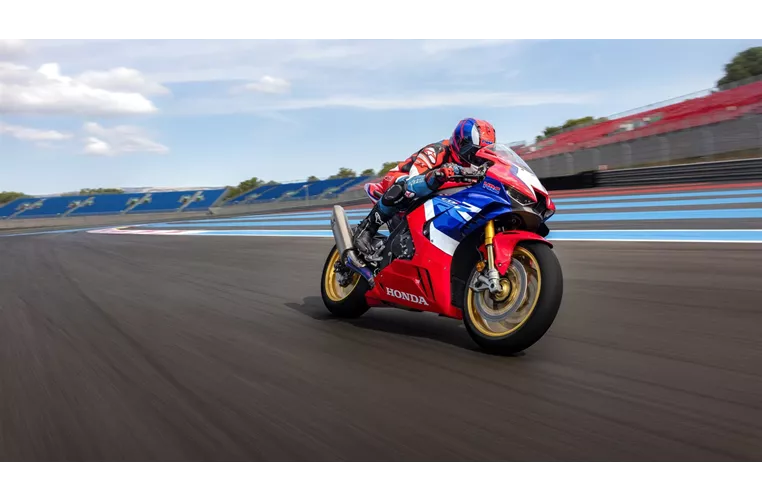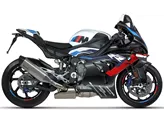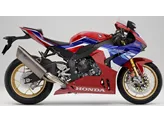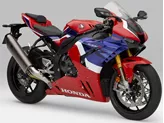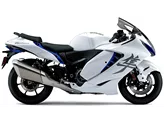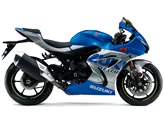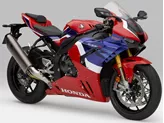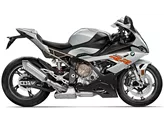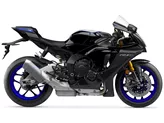Honda CBR1000RR-R Fireblade SP 2022 vs. Yamaha R1M 2016
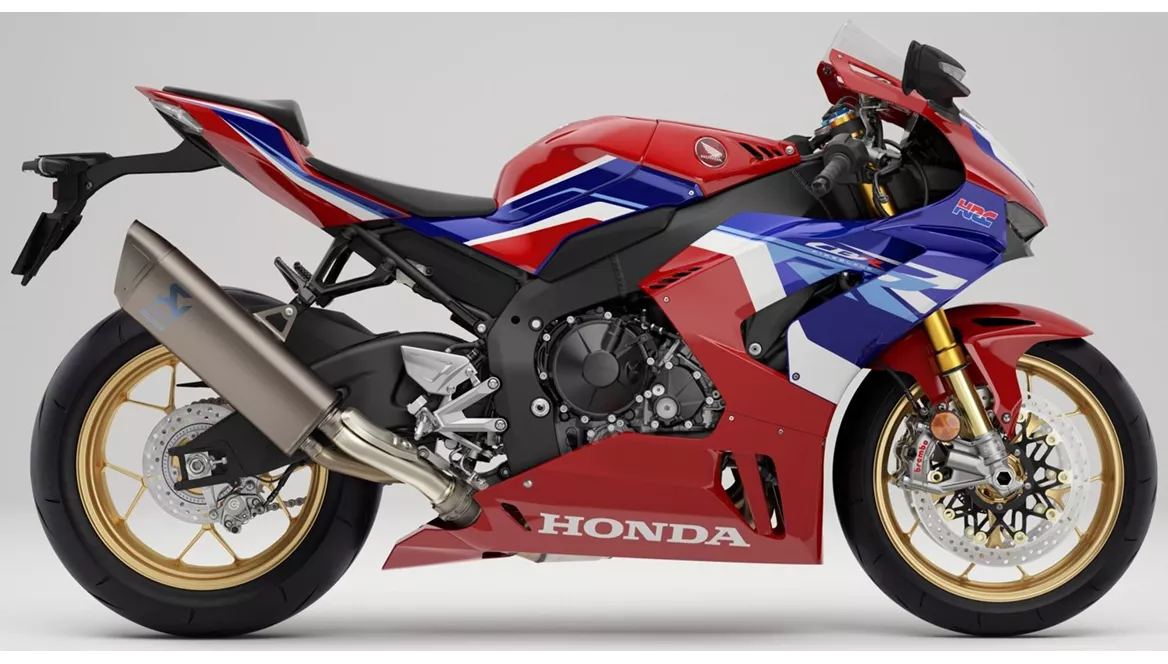
Honda CBR1000RR-R Fireblade SP 2022

Yamaha R1M 2016
Overview - Honda CBR1000RR-R Fireblade SP 2022 vs Yamaha R1M 2016
The Honda CBR1000RR-R Fireblade SP model year 2022 and the Yamaha R1M model year 2016 are both high-performance supersport motorcycles designed for track use. While they share some similarities in terms of specifications, there are notable differences between the two.
Starting with the engine and drivetrain, the Honda CBR1000RR-R Fireblade SP is equipped with a 1000cc engine that produces an impressive 217 horsepower and 113 Nm of torque. This engine features a bore of 81 mm and a stroke of 48.5 mm, with a high compression ratio of 13.4. On the other hand, the Yamaha R1M is powered by a slightly smaller 998cc engine that delivers 200 horsepower and 112.4 Nm of torque. The Yamaha engine has a bore of 79 mm and a stroke of 50.9 mm, with a compression ratio of 13. Both motorcycles have four cylinders and four valves per cylinder, as well as DOHC valve configuration.
In terms of suspension, both motorcycles feature Öhlins suspension components. The Honda CBR1000RR-R Fireblade SP has an upside-down telescopic fork at the front, while the Yamaha R1M also utilizes an upside-down telescopic fork. These suspension systems contribute to excellent handling and stability on the track.
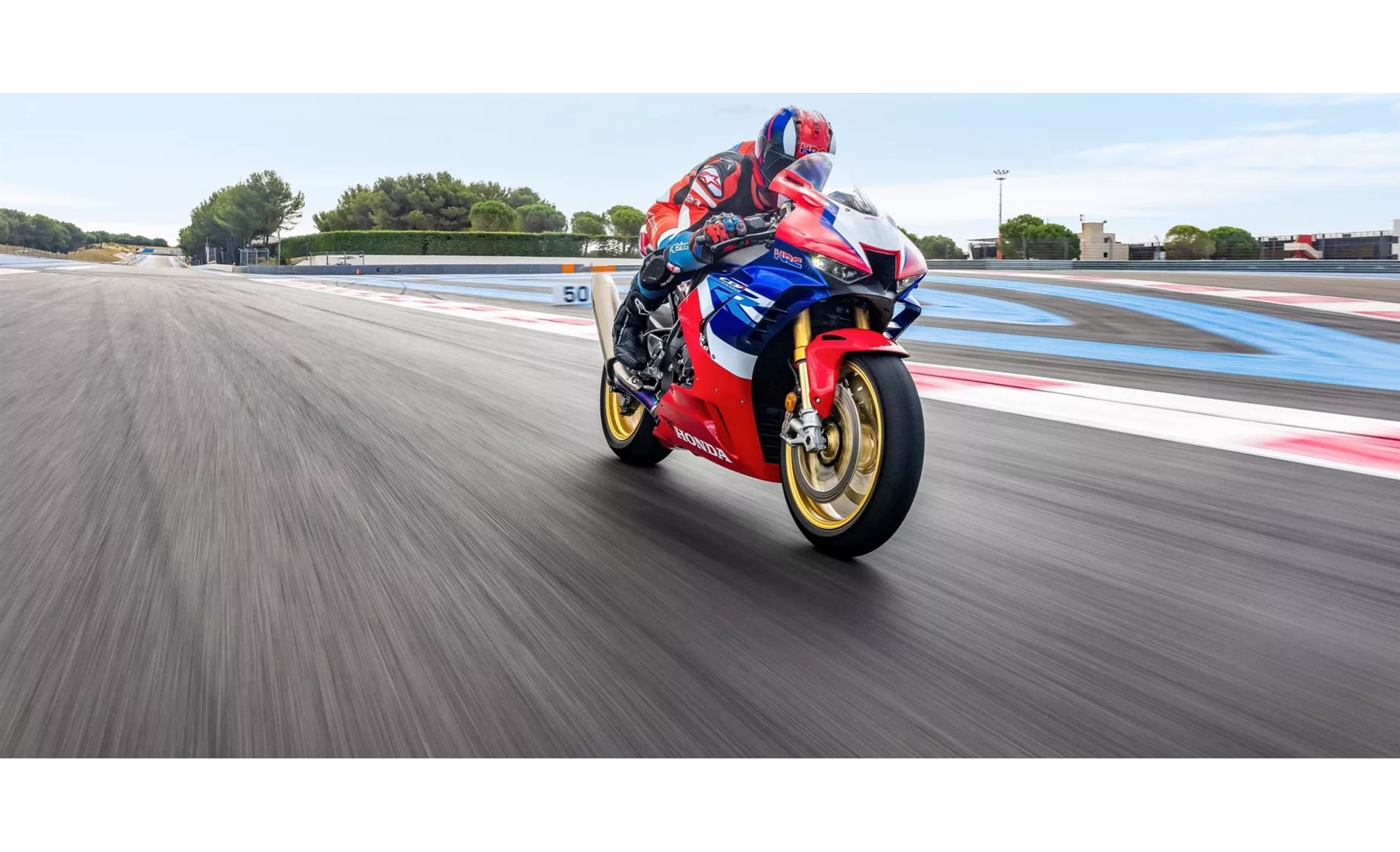
Honda CBR1000RR-R Fireblade SP 2022
When it comes to the chassis, both motorcycles feature aluminum frames. However, the Honda CBR1000RR-R Fireblade SP has a twin-spar frame, which provides enhanced rigidity and stability. On the other hand, the Yamaha R1M utilizes a Deltabox frame, which is known for its lightweight and agile characteristics.
In terms of braking, both motorcycles are equipped with double disk brakes at the front. This ensures powerful and reliable stopping power on the track.
In terms of advanced rider assistance systems, the Honda CBR1000RR-R Fireblade SP has a comprehensive package. It includes electronically adjustable suspension, riding modes, cornering ABS, launch control, ride by wire, quickshifter, traction control, and anti-wheelie control. On the other hand, the Yamaha R1M offers launch control, traction control, and anti-wheelie control.
In terms of dimensions and weights, the Honda CBR1000RR-R Fireblade SP has a wheelbase of 1455 mm and a seat height of 830 mm. It weighs 201 kg (with ABS) and has a fuel tank capacity of 16.1 liters. On the other hand, the Yamaha R1M has a slightly shorter wheelbase of 1405 mm and a higher seat height of 855 mm. It weighs 200 kg (with ABS) and has a slightly larger fuel tank capacity of 17 liters.

Yamaha R1M 2016
In terms of strengths, the Honda CBR1000RR-R Fireblade SP stands out with its powerful engine, excellent electronic tuning, and top-notch driveability and feedback. The Yamaha R1M, on the other hand, is praised for its lively handling, high-revving and precisely controllable engine, and excellent electronics package.
However, the Honda CBR1000RR-R Fireblade SP does have a weakness in terms of knee angle, which may be narrow, especially for taller riders. On the other hand, the Yamaha R1M's weakness lies in its shift assistant, which is only available for upshifting.
In conclusion, both the Honda CBR1000RR-R Fireblade SP 2022 and the Yamaha R1M 2016 are impressive supersport motorcycles with their own strengths and weaknesses. The Honda offers a more powerful engine and a comprehensive electronic package, while the Yamaha excels in handling and engine control. Ultimately, the choice between the two will depend on the rider's preferences and priorities.
Technical Specifications Honda CBR1000RR-R Fireblade SP 2022 compared to Yamaha R1M 2016
Pros and Cons in comparison
Pros and Cons in comparison
Honda CBR1000RR-R Fireblade SP 2022
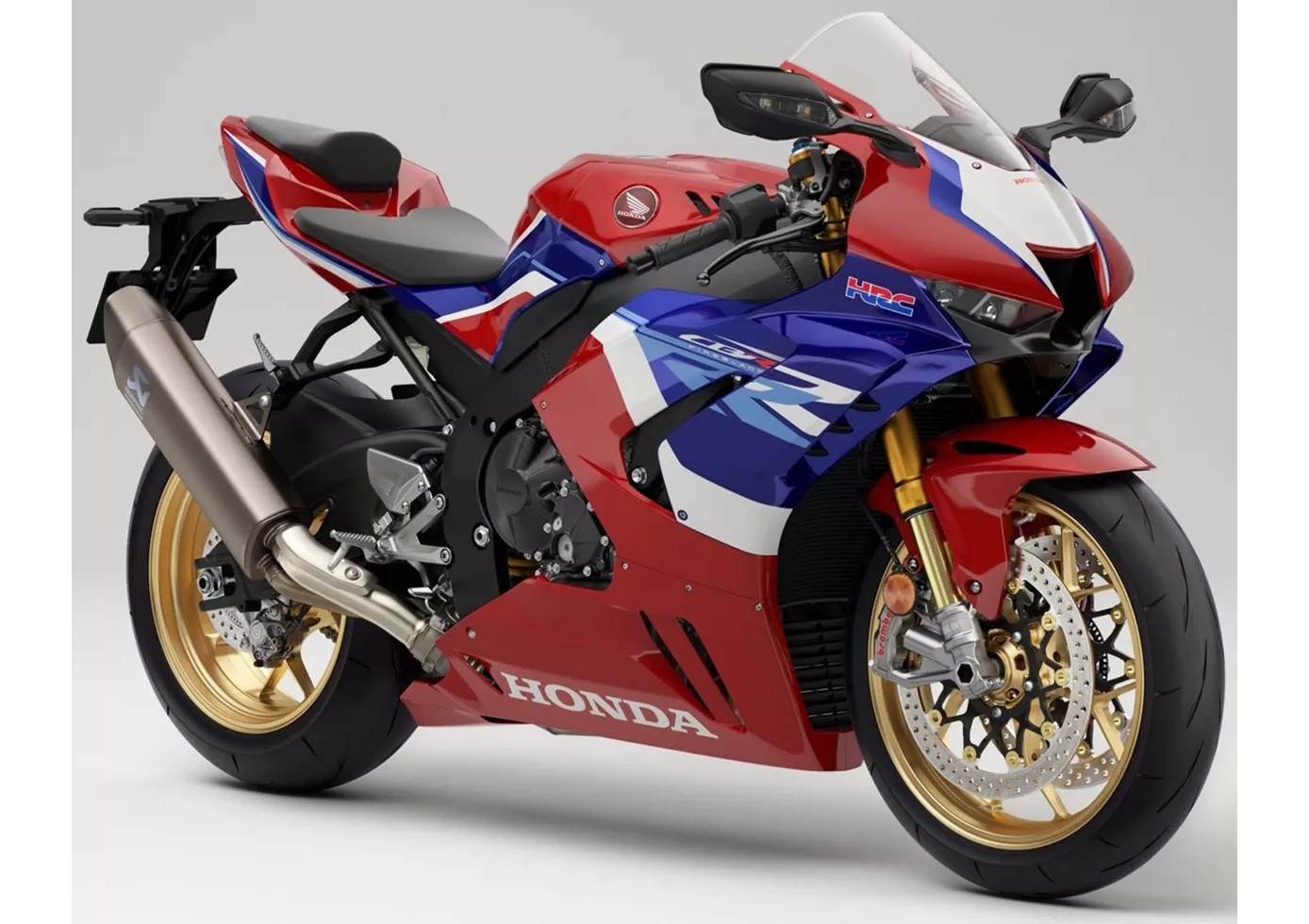
The SC82 was already a hit when it was released in 2020, with the aforementioned minor blemishes that Honda has now successfully eliminated in 2022. A great advantage for road and track. The new Fireblade is thus once again the top performer for both disciplines and will certainly be able to secure a place at the top.
Yamaha R1M 2016

Yamaha's high-tech rocket is still a technological leader in 2016. Radical, polarising and fascinating, it sets powerful lap times. It is closer to the race bikes than the other 1000s. In the meantime, no one is grumbling about the front.
Price Comparison Avarage Market Price Honda CBR1000RR-R Fireblade SP vs Yamaha R1M
There are a few key differences between a Honda CBR1000RR-R Fireblade SP 2022 and a Yamaha R1M 2016. There are the same number of bikes of both models available on the 1000PS.de marketplace, specifically 5. It takes less time to sell a Yamaha R1M with 63 days compared to 157 days for the Honda CBR1000RR-R Fireblade SP. Since model year 2020 1000PS.de editors have written 21 reviews for the Honda CBR1000RR-R Fireblade SP and 26 reviews for the Yamaha R1M since model year 2015. The first review for the Honda CBR1000RR-R Fireblade SP was published on 11/4/2019 and now has more than 151,000 views. This compares to more than 9,700 views for the first review on Yamaha R1M published on 12/3/2014.
